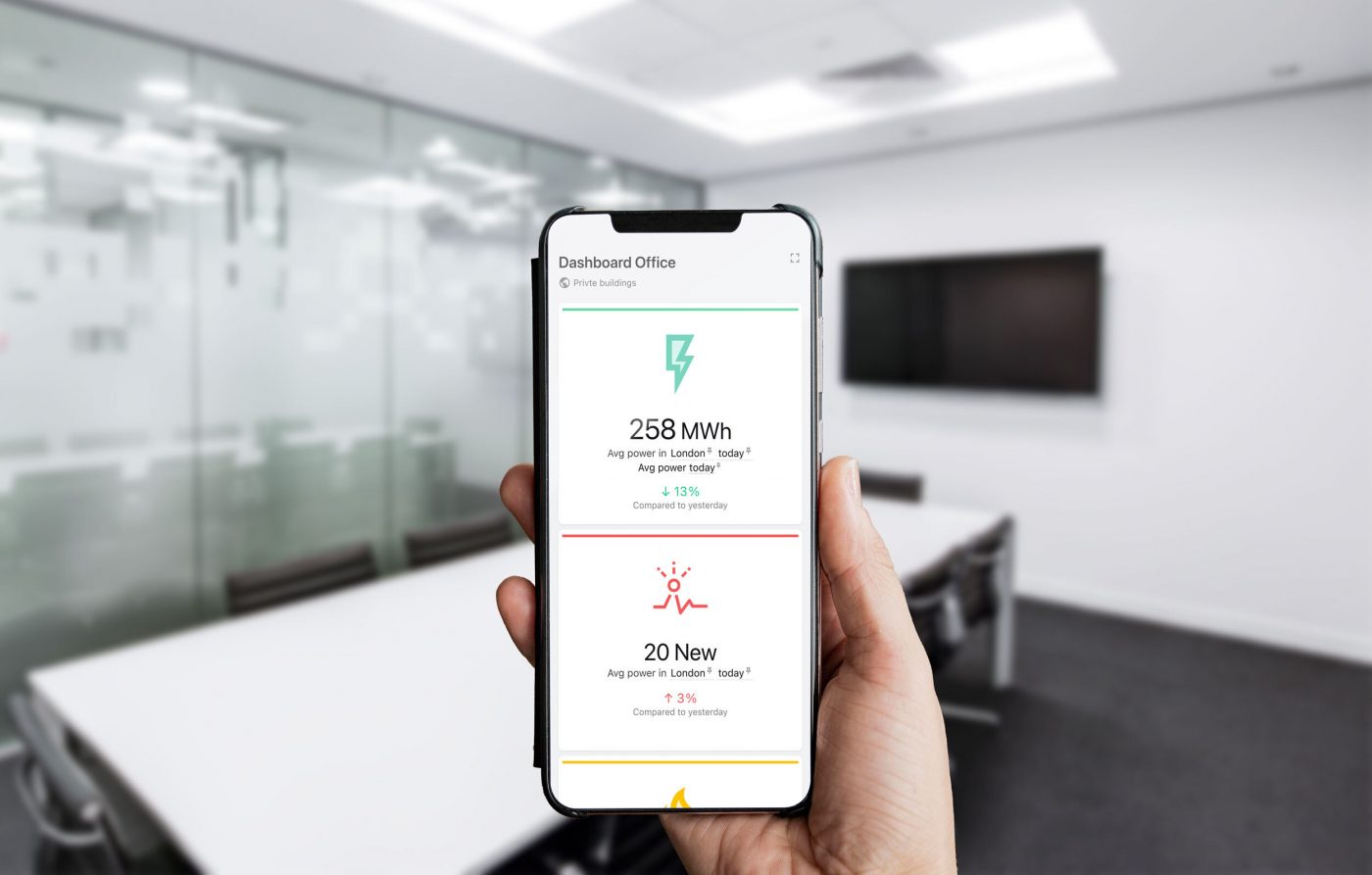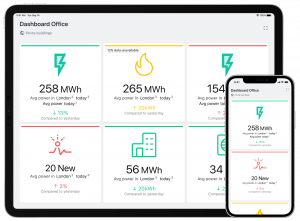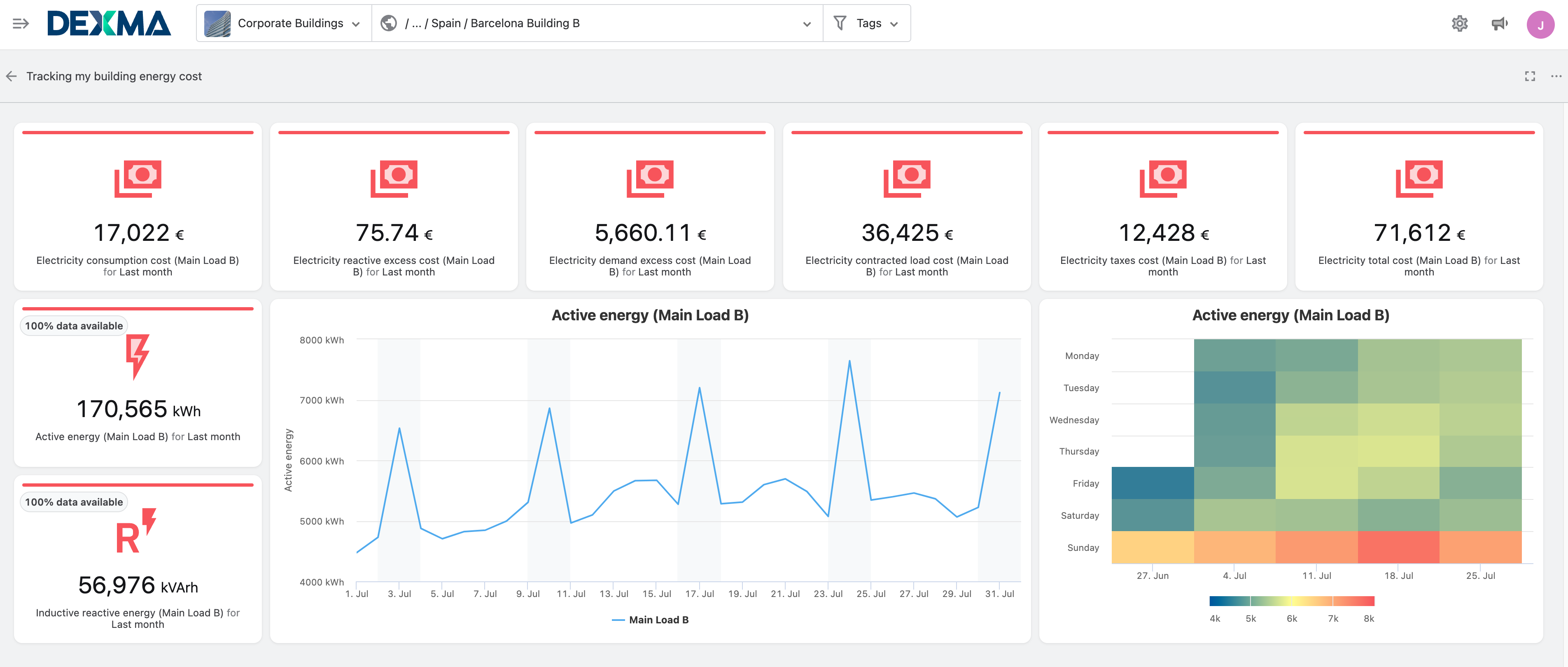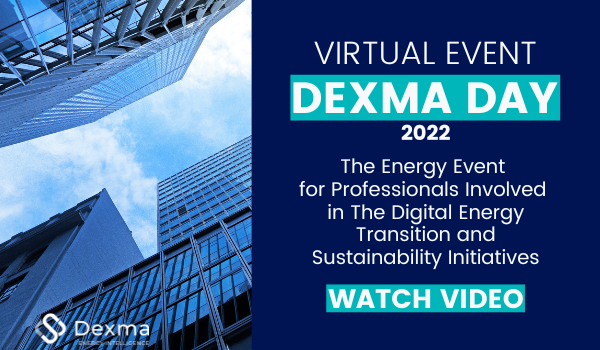Have you ever been in a situation where you wanted to take steps to improve your energy consumption but didn’t know where to start? Maybe you have already heard of Energy Dashboards?
Today, we would like to introduce you to this reporting and advanced analytical tool that can provide you with precious information about your energy consumption, in a form that you can understand it easily and use it as a basis for taking relevant and clear action toward greater energy efficiency.
Energy dashboards are a great type of support at every level of a company. Indeed, they will benefit engineers, analysts, energy managers and employees in their effort to improve energy efficiency and meet benchmarking mandates.
Keep on reading if you are interested in learning more about this fantastic advanced analytical tool and how your company can benefit from its use.
What is an Energy Dashboard?
A dashboard, usually provided as part of your Energy Management System, is a feature that allows you to see at a glance the key indicators of your energy measurements and consumption. Easily customisable, it gives you the ability to configure a set of widgets based on your devices and facilities and apply them to a specific location in your building. This way, you can view the type of information you are interested in at a given time, for a given location. Let’s take a closer look at the advantages of using this type of functionality.
4 Reasons to Use Energy Dashboards for Your Efficiency Plan
When it comes to implementing energy-saving measures, the use of Energy Management Software (EMS) such as the Spacewell Energy (Dexma) Platform can be a real ally. To be more specific, you can take advantage of the use of clear and readable dashboards that can provide you with many benefits in your quest for energy efficiency. Therefore, if you are ready to start your journey toward energy management and are looking to implement an efficiency plan, here are the reasons to use dashboards to simplify your life and help you achieve your goals.
1. Real-Time Energy Consumption Display
As you can see, dashboards are a great way to get an overview of your energy consumption. But it is also an easy way to evaluate the performance of your installations in real time. Imagine that you have decided to reduce your carbon footprint by switching to photovoltaic production. With a dashboard, you will get your active energy production on a daily basis.
Or, if you care about keeping your employees and customers comfortable, you will most likely want to monitor the Co2 level (against a limit you set later). Simply add the corresponding widget to your dashboard and you will have daily control of this data.
2. Energy Savings Verification
You might wonder if the energy efficiency measures you implemented are working. Now it’s time to find out… To do this, it is easy to get an overview of your total energy consumption, month by month, to see whether or not it is decreasing since you implemented these measures. If it has, then you can feel proud and confident about the rest of the journey. Is it not the case? No problem, an EMS offers many other features to help you identify where your potential over-consumption is coming from.
3. Make your Efficiency Measures Visible by Disclosing them
- To your Client(s)
If you are satisfied with the measures you have put in place to improve energy consumption, then why not share them with your customers by proudly displaying them in your building? Indeed, the commitment to reducing your carbon footprint is a strong argument for the people who visit your building. With dashboards, you can inform them directly about your energy efficiency initiatives and display indoor conditions such as temperature, humidity or CO2. What could be better than transparency when it comes to promoting your climate change efforts? For example, if you indicate that you want to limit the heating to 19 degrees and at the same time show that you have installed a sensor to measure the temperature, this will only increase their trust in your company. - To your Team(s)
The commitment of your team or your employees is essential for the achievement of your sustainable development objectives. Indeed, it is crucial to raise the awareness of a company’s employees and to identify unnecessary deviations or consumption. Once again, dashboards make it easier for you to do this. With software such as Spacwell Energy (Dexma), you have the option to share your dashboards with anyone in your company, wherever they are and on any device (mobile or tablet). All with a simple link. Moreover, no account creation is required.
If your employees or colleagues understand the objectives and see the results of their actions, it will be easier for them to actively participate in the change. Find out, in this case, study how CaixaBank has succeeded in deploying its energy efficiency measures by developing a real energy culture within its teams. - To your Manager(s)
Because you can create as many customisable dashboards as you like, you might as well take the opportunity to convince your management teams! Prove to them the effectiveness of the measures you have put in place by sharing more KPI and economic data this time. A very simple way to do this is to add a widget to your dashboard showing the comparison of your costs before and after the implementation of your measures. Or show a comparison of your savings vs. targets for the same period. This functionality is essential for management buy-in to a major project such as achieving energy efficiency. It will make it easier for you to obtain a budget and help you prioritise targets for short, medium or long-term change.
4. Easily Comprehensible Data
Clear and readable data is way more engaging and will significantly improve the User Experience (UX). Indeed, visual information allows for an easier understanding and digestion, especially in today’s world where we are constantly and continuously assailed by information… But there is more… When data is presented in an interactive way, with labelled icons to avoid any misunderstanding, it gets simpler to compare information and draw relevant conclusions.
Dashboards often favour ongoing engagement as real-time data are displayed, and thus, information is always fresh. Consequently, dashboard insights can be promoted on a regular basis to encourage a common effort within the company, as we mentioned earlier.
In addition, thanks to our Spacewell Energy (Dexma) advanced analytical tool, you can access your customised dashboards at any time, without having to be in front of your computer: bring your dashboards with you thanks to our mobile layouts! You will just need to define a layout for your tablet or mobile to view your dashboards on the go. You can let technicians on-site access your dashboards from their mobile devices, with no need to log in. Finally, you are able to configure your own dashboard with just a few clicks and share it with your stakeholders.
To conclude, energy dashboards not only allow you to check the effectiveness of your energy-saving measures but also help you to get support from your management team, employees or colleagues thanks to their ease of use and sharing. Data, when effectively displayed and depicted to dashboard users, can be highly empowering and actionable but not only…data can also encourage users to interact with the knowledge they have acquired, thus, driving and participating in the change of their well-established habits and operations. As a result, higher performance goals will be set and more importantly, achieved.
Are you convinced yet? If you would like to get more recommendations on what measures to implement in your business, or simply get a demonstration of the Spacewell Energy (Dexma) platform’s dashboards, then please watch the recording or get in touch with our Experts!






